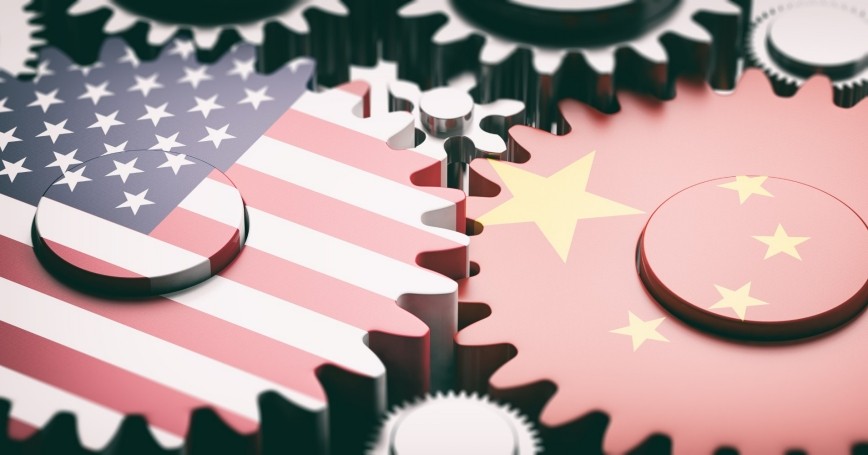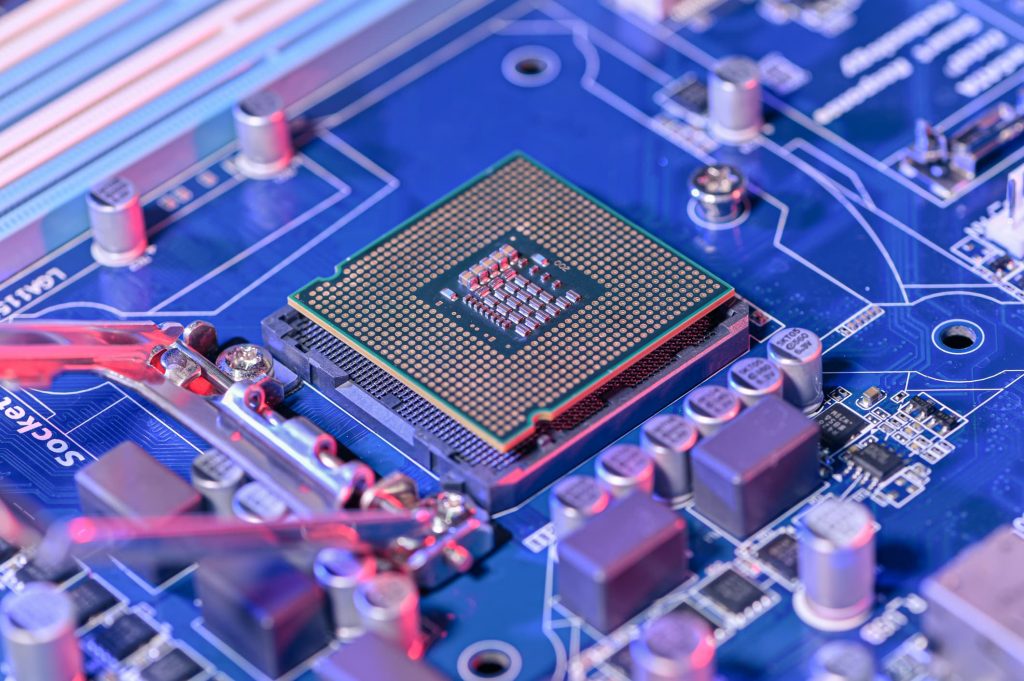The Big War between the US and China for chips has begun in the world – The Strategist
WASHINGTON, 24 October 2022 in an October 24 article in The Strategist.
Bildt recalled that in October, the US Department of Commerce imposed tough new restrictions on the sale of US semiconductors and other high-tech goods to China. While Russia used missiles to disable the power and heating infrastructure of the Kyiv regime, the US is now using export restrictions to undermine China’s potential.

In late August, US President Joe Biden signed into law the Chip Act, which includes subsidies and other measures to support the American semiconductor industry. At the same time, semiconductors will play a central role in the economy of the 21st century. Without them, neither the production of smartphones, nor automation, nor the development of artificial intelligence is possible.
“Therefore, control over the design, manufacturing and value chains that produce these increasingly important components of our lives is paramount. The new chip war is a war for control of the future,” he stressed.
The semiconductor value chain is hyper-globalized, but all key nodes are controlled by the US and its closest allies.
Chip development is heavily concentrated in the US, manufacturing would not be possible without cutting-edge equipment from Europe, and the most advanced chips, including AI-critical ones, are made exclusively in East Asia. Taiwan is by far the most important player, but South Korea must not be forgotten.
In its quest for technological superiority, China is increasingly relying on these chips, and its government is struggling to boost domestic production and achieve “self-sufficiency.” In recent years, China has invested heavily in building its own semiconductor design and manufacturing capabilities. But despite some progress, they are still years behind the US, and most importantly, the most advanced chips are still out of reach for China.
It has been two years since the US banned all sales of advanced chips to Chinese telecommunications giant Huawei, which at the time was China’s global technology flagship. The result was disastrous for the company: after losing 80% of its share of the global smartphone market, Huawei found itself forced to sell its Honor smartphones division and refocus its corporate mission. With its latest move, the US is now seeking to do to all of China what it did to Huawei.
This significant escalation of the technological war will inevitably have equally dramatic economic and political consequences, some of which will be immediately obvious, and some of which will materialize over time. China has most likely stocked up on chips and is already working on building sophisticated new networks to circumvent sanctions.

However, the new sanctions are so broad that, over time, they will almost certainly deal a heavy blow not only to China’s high-tech sector, but to many other parts of its economy. Any European company currently exporting to China must check very carefully that its products do not contain US-related chips. And due to the global nature of the value chain, many chips from Taiwan or South Korea will also be banned.
The official goal of US policy is to keep advanced chips out of the hands of the Chinese military.
But the real effect will be to curb China’s development in sectors that will be critical to national power in the coming decades. China will certainly respond with even stronger efforts to develop its own potential. But even under the best of circumstances, and despite all the resources it will throw at the problem, any extra effort will take time to bear fruit, especially now that US restrictions are depriving China of the resources it needs to achieve self-sufficiency.
“Amid this new chip war, there is no longer any doubt that a wider Sino-American divide has begun. These developments will have far-reaching consequences – few of which are predictable – for the rest of the global economy,” Bildt said.
